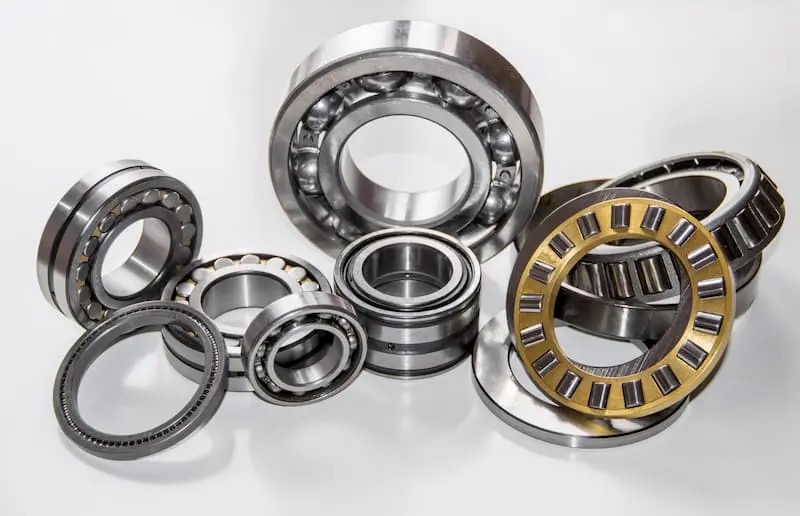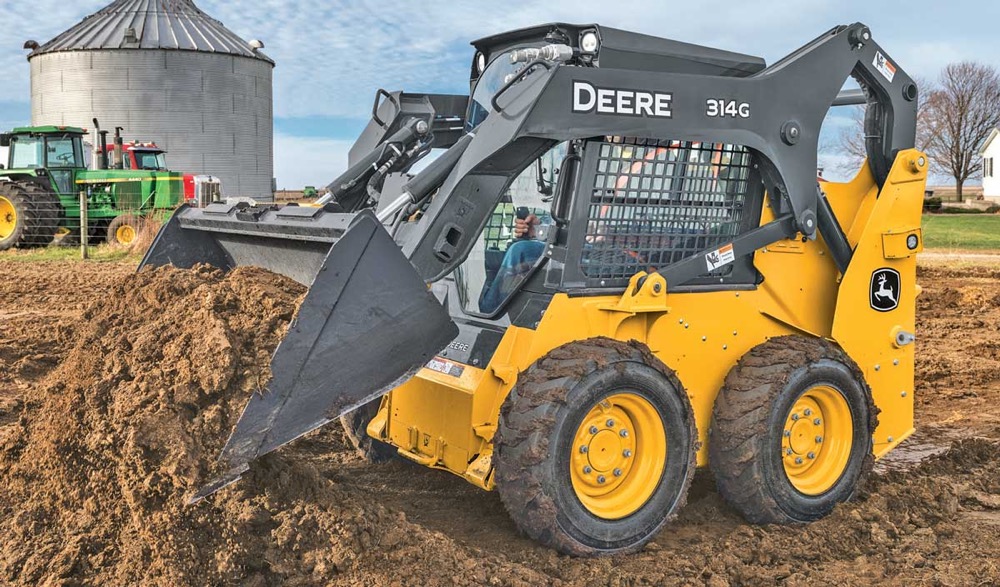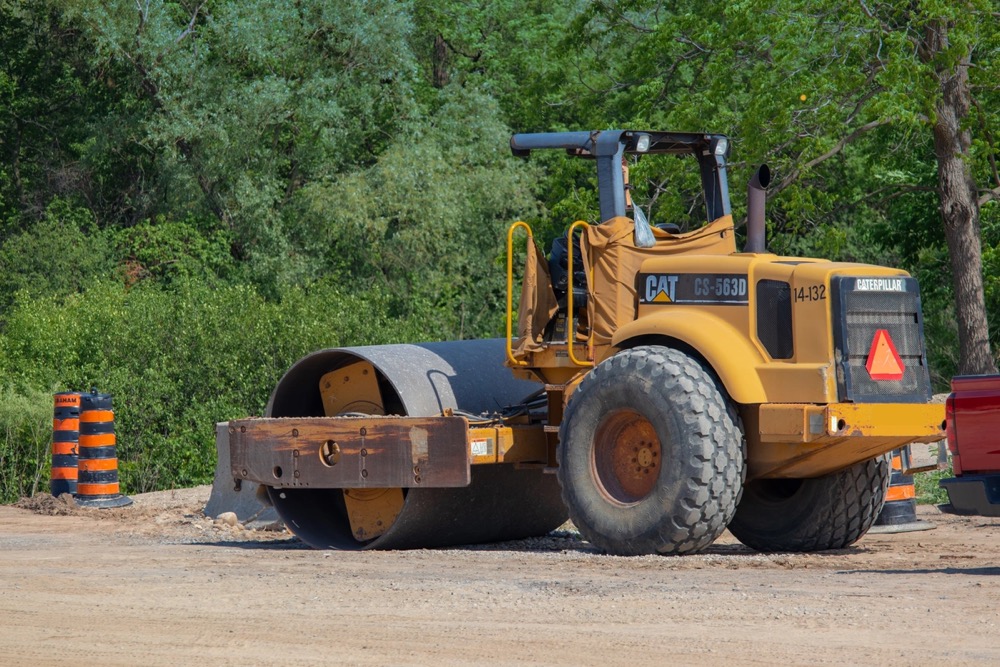
— November 21, 2025
As machines tackle challenging tasks like digging and breaking through hard materials, their moving parts endure a steady stream of friction.
If a machine isn’t properly lubricated, this friction can cause metal components to grind against each other, leading to excessive wear. Keeping your machine well-lubricated through proper greasing is a critical part of heavy equipment maintenance.
From attachments and buckets to pins and bushings, nearly all of a machine’s moving parts require adequate, frequent greasing to stay in working condition.
Not all grease is made equally, however. In fact, there is a wide array of grease and lubricants available on the market, and knowing which one to choose is no easy task. In this guide, we’ll introduce the most common types of grease used in modern heavy equipment. We’ll delve into the attributes of each type, helping you choose the best grease for your machine.
Grease used in heavy equipment is most commonly made from either mineral or synthetic oil. Various types of grease are differentiated by their viscosity level and any special additives they contain.
The National Lubricating Grease Institute (NLGI) maintains standards for grease viscosity. Grease with a lower NLGI rating is less viscous, whereas grease with a higher NLGI rating is more viscous.
For example, an NLGI #1 grease will have a more liquid consistency at room temperature, while an NLGI #6 grease is semi-solid at room temperature.
Choosing a grease with an appropriate NLGI rating is important because components that generate a lot of heat will generally require more viscous grease, while other components may require less viscous grease.
It’s also common for machines to require a more viscous grease (higher NLGI) during hot summer months, while requiring a less viscous grease during the cooler months. This is especially true in hot climates, where high temperatures cause grease to thin out and become less viscous.
In addition to viscosity, additives are another important consideration when comparing types of grease. Some types of grease contain additives that alter or enhance the properties of the grease.
For example, one common type of grease contains molybdenum disulfide (moly). Grease containing moly has a superior capability for getting into the tiniest spaces between components. It’s used frequently for high pressure and/or high-impact use cases.
Marine grease, which contains a lithium complex, is another popular type of grease. The lithium complex additive makes the grease thicker and more water-resistant, making it ideal for use in wet conditions.
Here are some popular types of grease and their applications:
To find out which type of grease to use with your machine, begin by reading its service manual. Your machine’s service manual will provide the type of grease to use, as well as the location of your machine’s grease points.
Keep in mind that different components on your machine may require different types of grease. Your machine’s service manual will indicate the components that require greasing with the suggested type of grease to be used.
It’s important to remember that different types of grease cannot be mixed. So, if you decide to switch the type of grease you are using, you have to totally flush out the current grease before replacing it.
While many operators wait until they hear grinding to grease their machine, this approach inevitably leads to excessive breakdowns and costly repairs. Instead, you should plan to grease your machine according to a well-defined schedule.
Greasing your machine frequently and regularly is the best way to prevent excessive wear on your machine’s friction components and save on repair costs.
Here are some greasing best practices to keep in mind:
Keeping your machine well-lubricated by greasing it frequently is one of the best ways to prevent excessive wear and costly breakdowns.
The MechLink Shop carries OEM and aftermarket parts for all aspects of your construction fleet. If your machine has been impacted by bad greasing habits, MechLink can help supply the components you need to get it back into prime condition. Can’t find the specific part you’re looking for? Reach out to our parts experts and get personalized assistance.

Single drum roller vs double drum roller: how to choose the right compaction roller
November 21, 2025

What is a slew bearing and how does it work?
November 20, 2025

How to operate a skid steer safely: best practices
November 20, 2025

Maintenance tips to maximize your compaction roller's life
November 19, 2025